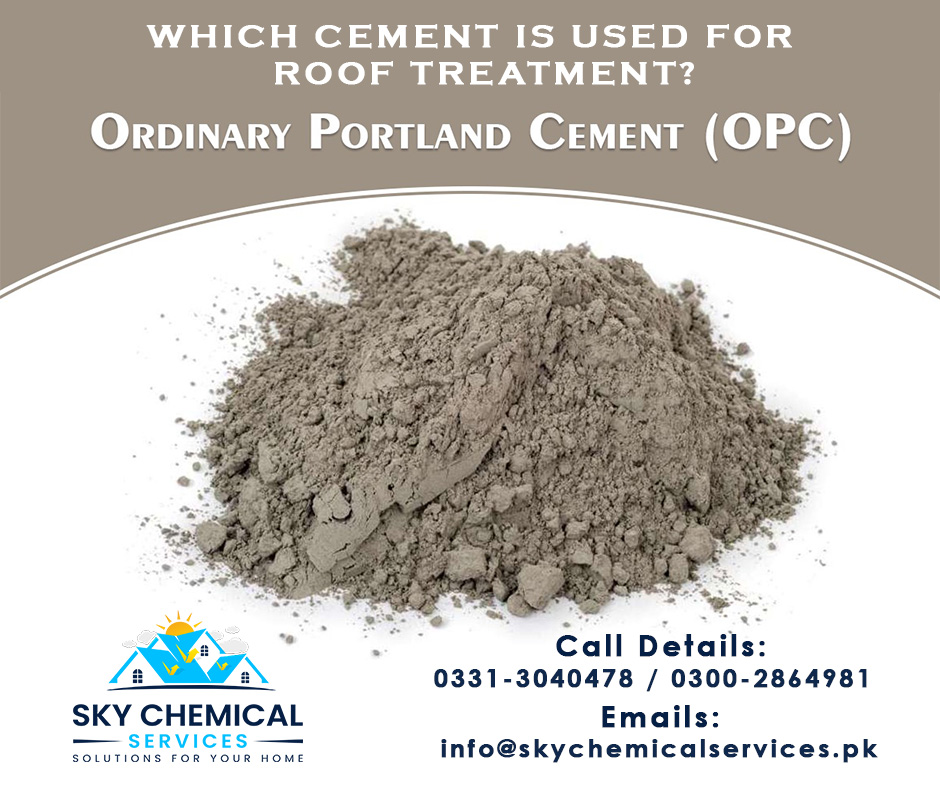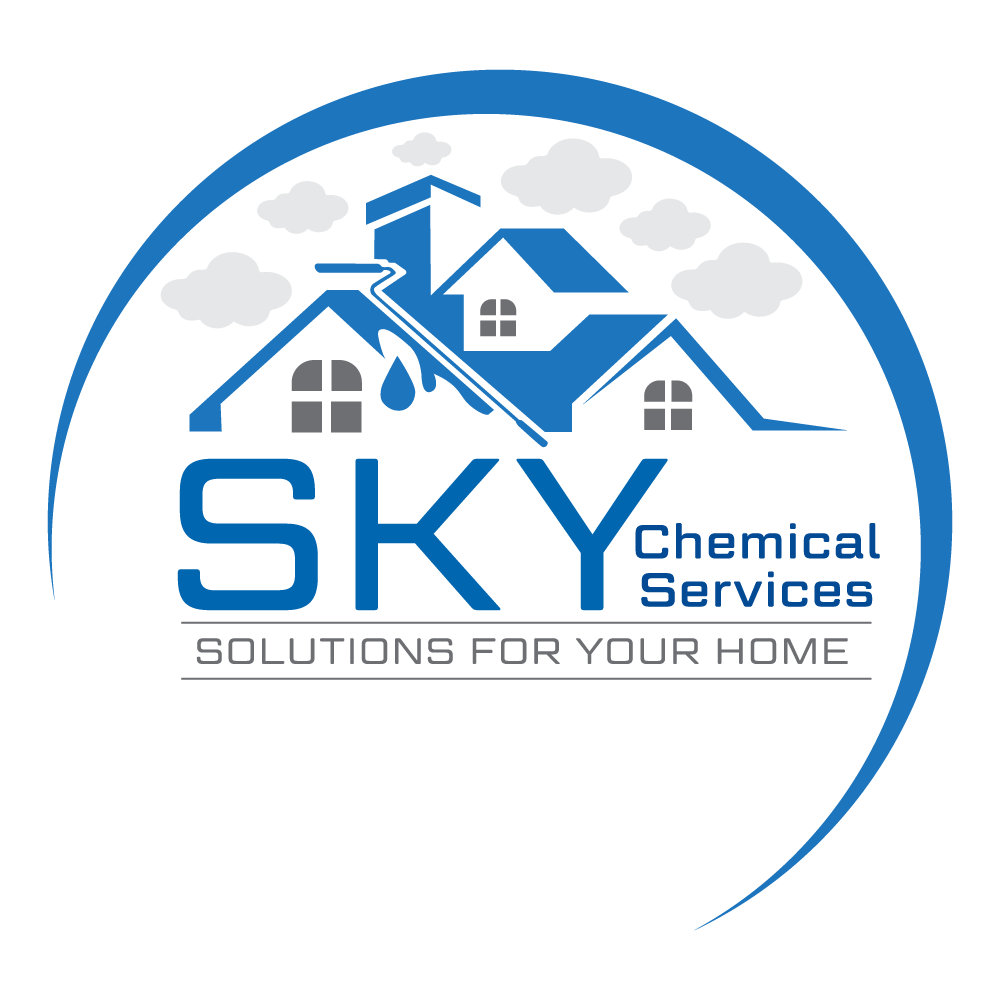
Cement is a binder used for construction works. It sets, hardens, and fuses with other materials to create a strong layer. Cement is characterized as hydraulic and non-hydraulic: Hydraulic cement is made from limestone, gypsum, and clay whereas non-hydraulic is composed of lime, gypsum plaster, and oxychloride. Roof treatment involves cleaning, repairs, coating, and waterproofing for enhanced longevity and protection against environmental elements.
When it comes to roof treatment, cement is an essential and beneficial product. It plays a vital role in protecting the roof from weather elements, water damage, and other issues. However, not all types of cement are suitable for rooftops. In this article, we will discuss the types of cement and their features.
Types of Cement Used for Roof Treatment
Portland Cement
Portland cement is composed of limestone, clay, and minerals. It has ability to bond well with other materials, such as concrete, bricks, and stones. Compared to other products, Portland cement has a faster setting time with quick hardening and stronger bonding characteristics. However, it is not suitable for areas with high water exposure.
Read More
How Construction Chemical Services Help in Projects in Karachi
Benefits to Compare SBR Chemical Price in Pakistan
What is the role of admixture companies in Karachi?
White Cement
Like Portland cement, white cement is also used for roof treatment. It is composed of limestone, silica, and clay, which are mixed with iron oxide-free gypsum to produce a white powder. This cement is used in areas with high aesthetic value because it provides a clean and elegant finish. Moreover, the cost of producing white cement is higher than OPC (Ordinary Portland Cement) and PPC (Portland Pozzolana Cement).
Fiber Cement
Fiber cement is composed of different materials, such as cellulose, glass, or asbestos. These additives enhance the durability and strength of the applied layer. It is used in roof treatment, especially in areas with high exposure to weather elements and water damage. Fiber cement is fire-resistant, making it an ideal option for timber fascias and barge boards.
Read More
What are the Uses of Concrete Admixtures in Karachi?
How to Search for Company that Provides Construction Chemicals in Pakistan?
How to Distinguish the Best Roof Leakage Chemicals in Karachi from Bad Ones?
Factors to Consider When Choosing Cement for Roof Treatment
Roof Type
When choosing the cement type, it’s important to check the quality and condition of the roof. For example, flat roofs require water-resistant layering with strong surface adhesion; white cement is the perfect choice. Likewise, sloped roofs require a tough layer that can withstand heavy traffic. Portland cement is suitable for sloped roofs with moderate weather exposure, while fiber cement is ideal for sloped roofs with high weather exposure.
Weather Exposure
The level of exposure to weather elements, such as rain, snow, and sunlight, is an important factor to consider when choosing cement for roof treatment. In extreme weather conditions, high-alumina cement is the best choice. It hinders moisture and UV penetration. On the other hand, Ordinary Portland cement is suitable for areas with moderate weather exposure.
Safety
Safety is one of the most essential factors when opting for the cement type. Some types of cement contain hazardous materials, such as asbestos fibers, which can pose health risks when inhaled. It is important to use asbestos-free cement products for roof treatment and follow safety guidelines when handling any type of cement.
Conclusion
Choosing the right type of cement for your roof treatment project requires careful consideration of several important factors, including weather exposure, roof type, installation method, cost, and safety. By taking these factors into account, you can certify that the project will be successful and long-lasting.
To opt for a reliable firm, contact Sky Chemical Services today.
